Best Cactus For Beginners
Starting with a cactus is one of the easiest ways to bring nature into your space. These hardy plants don’t need much attention, making them perfect for anyone new to plant care. The best cacti for beginners are low-maintenance, slow-growing, and thrive with minimal watering and bright light.
You can choose from many beginner-friendly varieties like the Barrel Cactus, Mammillaria, or Christmas Cactus. Each one offers unique shapes and colors that fit both home and office spaces. With the right setup, your cactus can stay healthy for years with little effort.
Learning a few simple care habits, like using well-draining soil and giving enough sunlight, will help your cactus grow strong. Once you start, you may find yourself wanting to explore even more types of these fascinating plants.
Key Takeaways
- Cacti are easy, low-maintenance plants ideal for beginners.
- Some varieties adapt well to indoor or outdoor spaces.
- Simple care steps keep your cactus healthy and long-lasting.
What Makes a Cactus Beginner-Friendly?
A beginner-friendly cactus grows well with limited watering, tolerates bright light, and adapts to indoor or outdoor spaces. These plants belong to the Cactaceae family and share traits that make them simpler to care for than many other succulent plants.
Key Traits of Easy-to-Grow Cacti
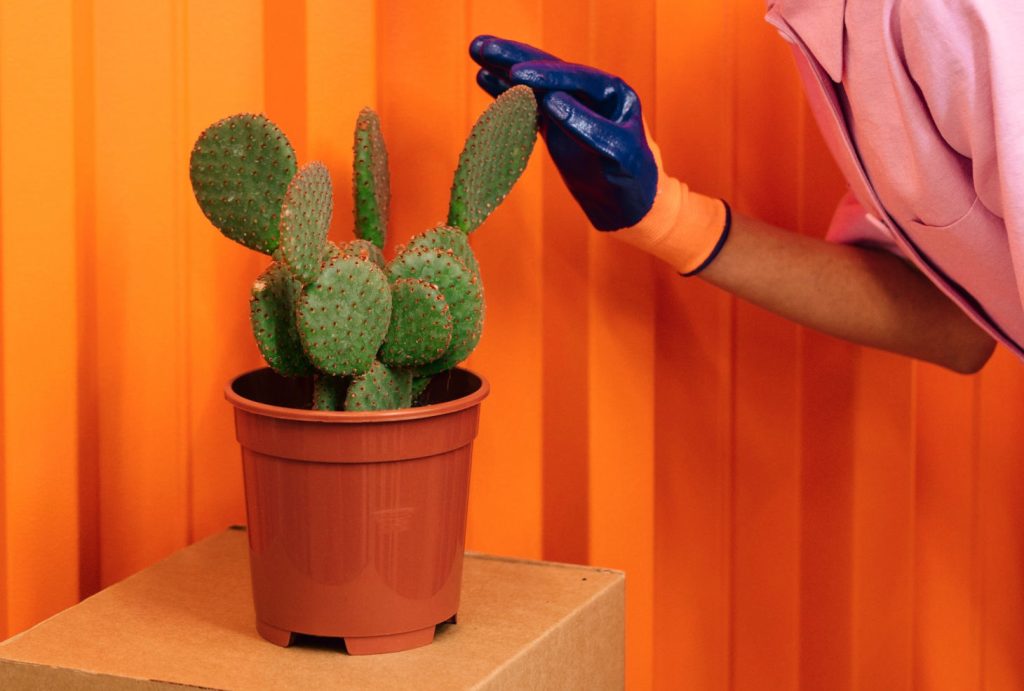
Cacti that suit beginners usually have low water needs and store moisture in their thick stems. You only need to water them about once every few weeks, letting the soil dry completely between waterings.
They also handle bright, direct sunlight well. Most species, such as Opuntia (Prickly Pear) and Mammillaria (Pincushion Cactus), need 6-8 hours of light each day to stay healthy.
A simple potting mix helps prevent root rot. Use a fast-draining soil blend made for cacti. Pair it with a pot that has drainage holes to avoid standing water.
These cacti also grow slowly and stay compact, making them easy to manage in small spaces. Their resilience and low maintenance make them ideal for new plant owners.
| Trait | Why It Matters |
|---|---|
| Low water needs | Reduces risk of overwatering |
| Strong sunlight tolerance | Fits most indoor windowsills |
| Slow growth | Easy to maintain |
The Difference Between Cacti and Other Succulents
All cacti are succulents, but not all succulents are cacti. The main difference lies in structure. Cacti have areoles, small round spots that produce spines, flowers, or new growth. Other succulents, like aloe or jade plants, lack these features.
Cacti also store water mainly in their stems, while other succulents may store water in their leaves, stems, or roots. This makes cacti appear more cylindrical or ribbed.
Understanding the Cactus Family
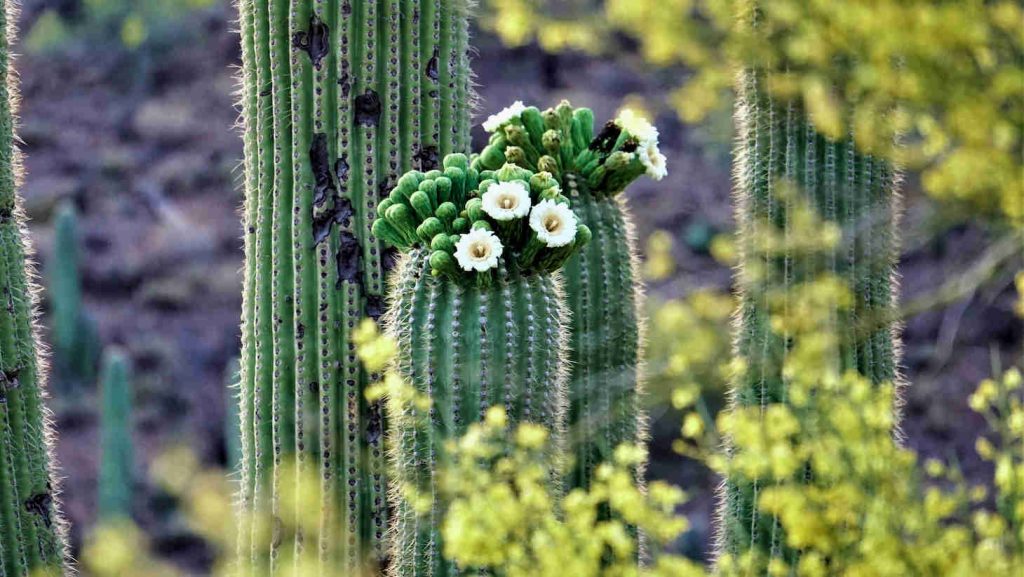
The Cactaceae family includes nearly 2,000 species across about 130 genera. These range from tiny Rebutia species to towering Carnegiea gigantea (Saguaro). Each has adapted to survive with minimal water and intense sunlight.
Cacti are native mainly to the Americas, from Canada to Patagonia. They grow in deserts, mountains, and even tropical forests. Despite this range, they share a similar structure that allows them to conserve water.
When you understand the cactus family, you can choose species that match your environment. For example, Ferocactus (Barrel Cactus) handles full sun well, while Schlumbergera (Christmas Cactus) prefers indirect light. Knowing these differences helps you select the right cactus for your space and skill level.
Top Cactus Varieties for Beginners
You can find many cactus species that are simple to care for, grow well indoors, and need very little water. Some have compact shapes with bright blooms, while others develop into round or flat pads that handle neglect with ease.
Echinopsis: Hedgehog and Easter Lily Cacti

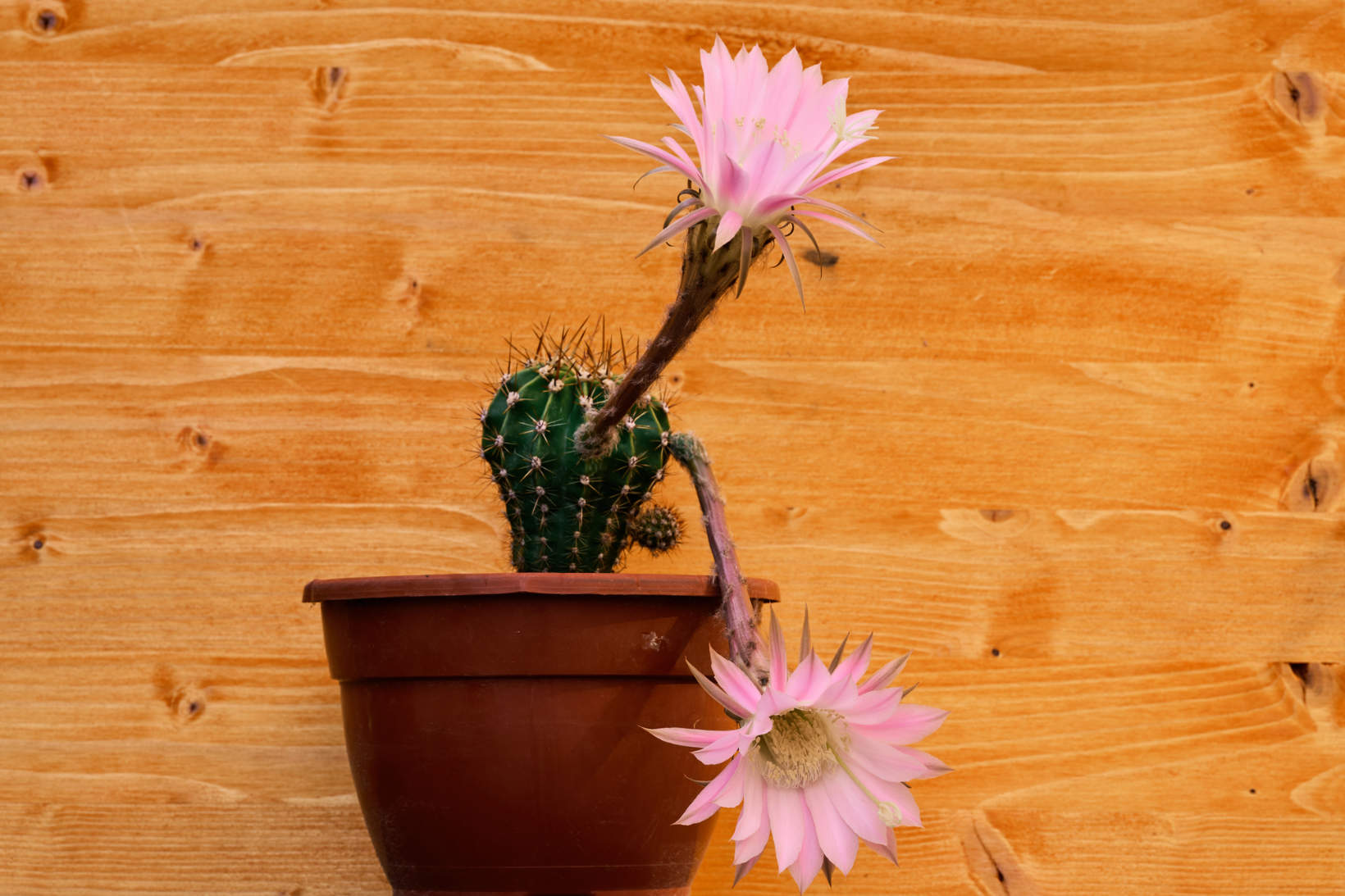
Echinopsis species, such as Echinopsis oxygona and Echinopsis aurea, are known for their round bodies and large, funnel-shaped flowers. You might hear them called Hedgehog or Easter Lily Cacti.
These cacti typically have round bodies and produce large, funnel-shaped flowers, often blooming at night. They prefer bright light but can tolerate partial shade. Water them only when the soil is completely dry to avoid root rot.
Echinopsis grows well in pots with a gritty, well-draining mix. You can expect them to form small clusters over time. Their slow growth and striking flowers make them rewarding for beginners who want both ease and beauty.
| Care Tip | Details |
|---|---|
| Light | Bright, indirect sunlight |
| Water | Only when soil is dry |
| Soil | Sandy or cactus mix |
| Bloom | Large, night-blooming flowers |
Mammillaria: Pincushion and Old Lady Cactus
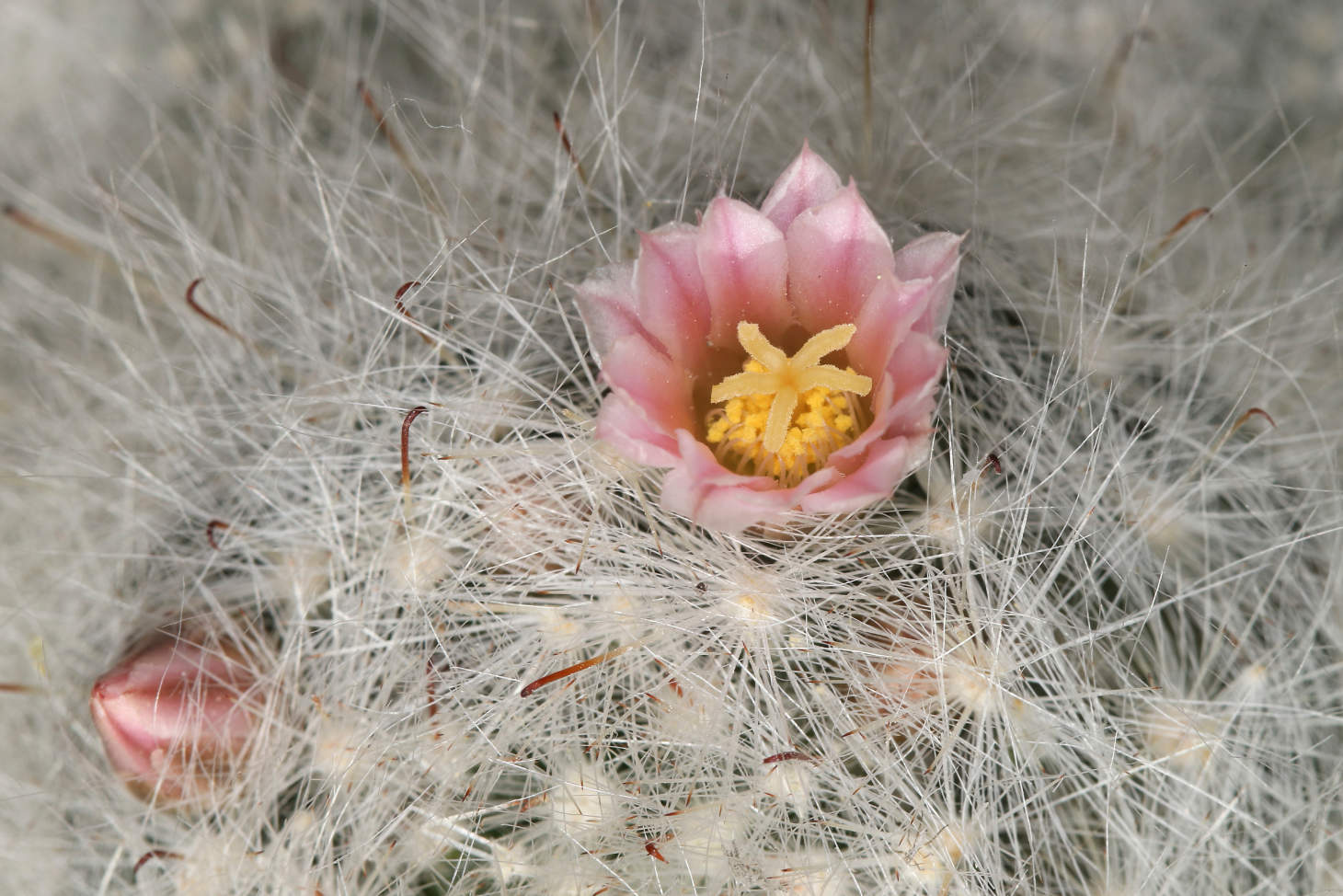

Mammillaria is one of the largest cactus genera, including species like the Pincushion Cactus and Old Lady Cactus (Mammillaria hahniana). These small, rounded cacti feature distinctive cone-shaped protrusions called tubercles that bear a wide variety of sharp or fine spines.
They thrive on bright light and minimal water. You can grow them easily in small pots, and they often form clusters that fill containers over time. In spring, they produce small pink or white flowers that form a ring around the top.
Because of their compact size and forgiving nature, Mammillaria species are ideal for windowsills or desks. They tolerate short dry spells and rarely need repotting.
Quick Care Points:
- Light: Bright, direct sunlight
- Water: Every 2–3 weeks in summer
- Soil: Fast-draining cactus mix
Opuntia: Prickly Pear and Bunny Ears Cactus
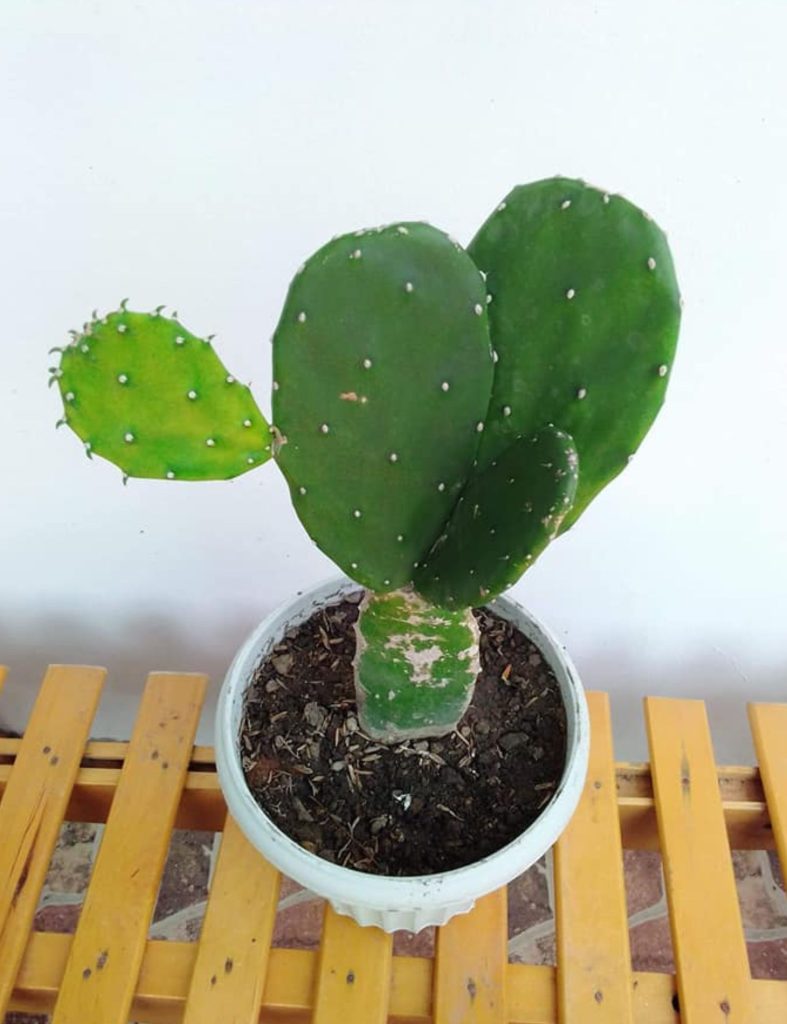
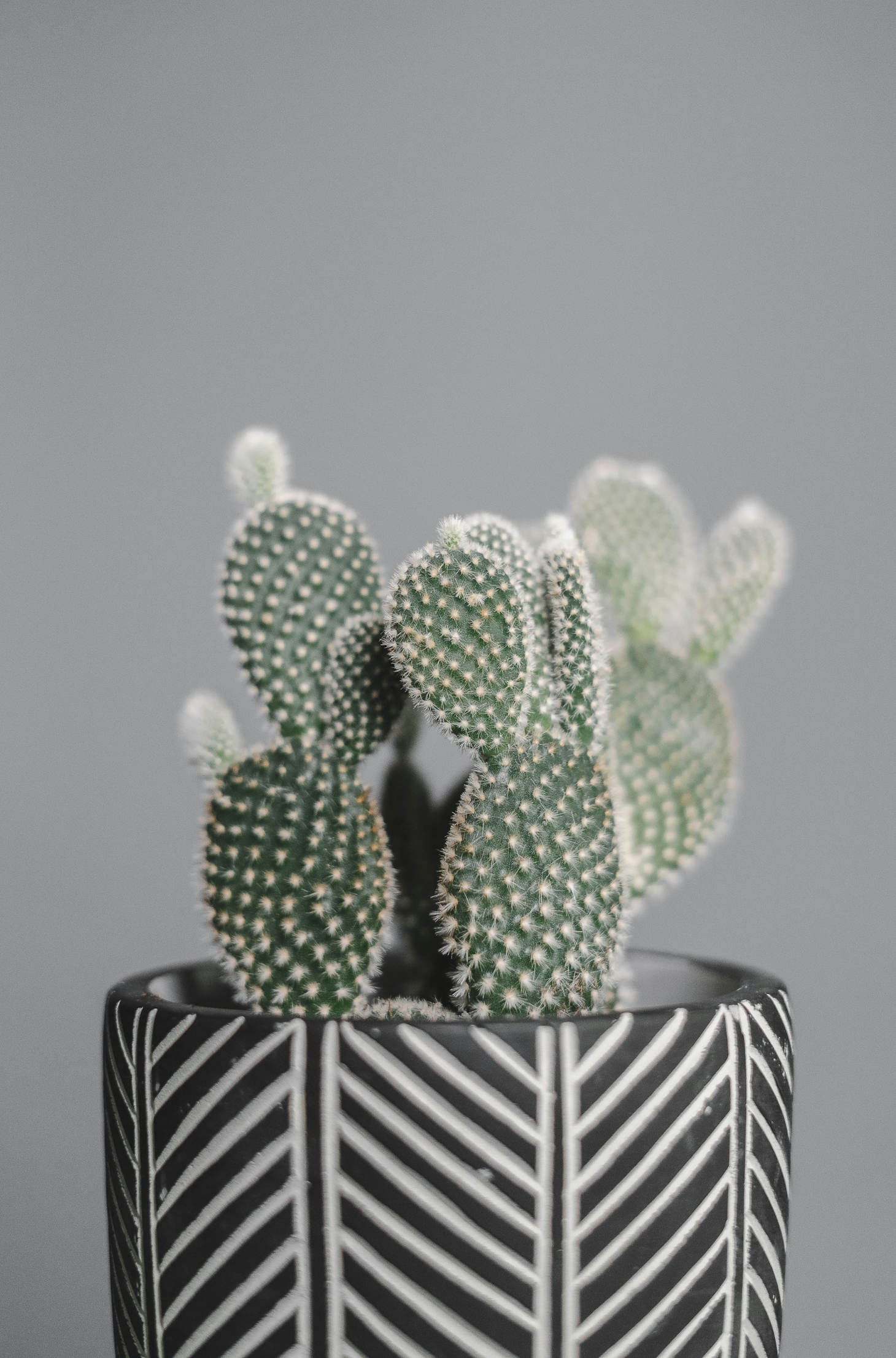
Opuntia, or Prickly Pear Cactus, includes many species such as Opuntia microdasys, known as the Bunny Ears Cactus. These plants have flat, pad-like stems instead of round bodies.
They grow best in full sun and dry conditions. You’ll recognize them by their small clusters of fine spines, called glochids, which can irritate skin, so handle them carefully. Many varieties produce an edible fruit also called the prickly pear or tuna.
Opuntia adapts well to outdoor gardens in warm, arid climates but can also live indoors with enough light. They need little water and can survive long dry periods.
| Key Traits | Description |
|---|---|
| Shape | Flat pads (cladodes) |
| Light | Full sun |
| Water | Very low |
| Bonus | Many produce edible fruit |
Ferocactus: California Barrel Cactus and Blue Barrel Cactus

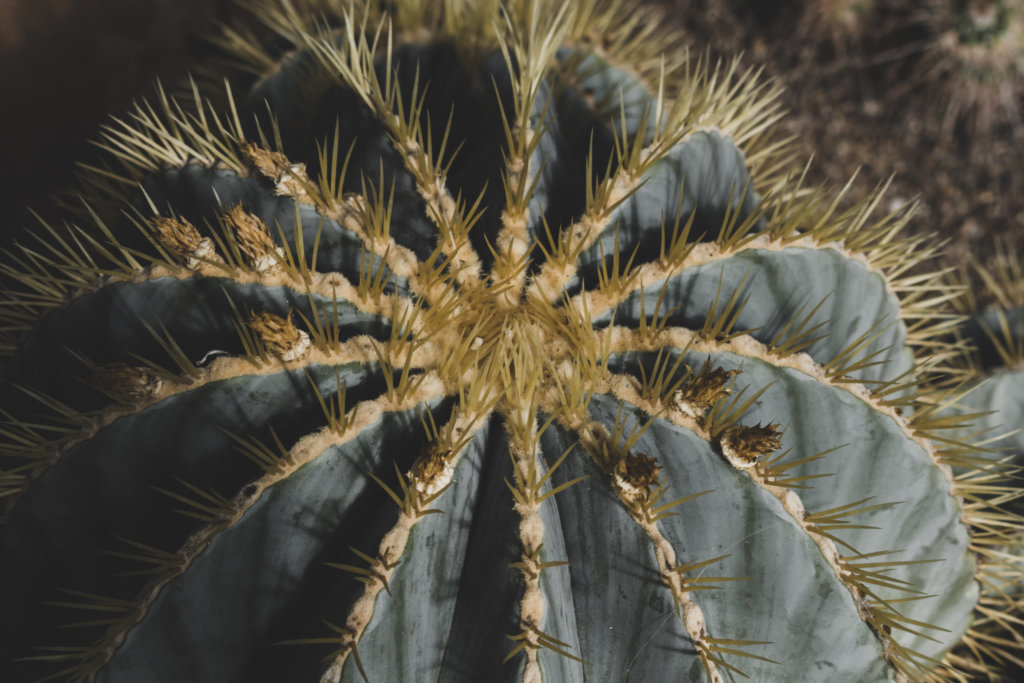
Ferocactus species, including the California Barrel Cactus and Blue Barrel Cactus (Ferocactus glaucescens), are thick, round plants with strong ribs and long spines. They can grow large outdoors but stay smaller in pots.
These cacti prefer bright light and dry soil. Water them sparingly, as they store moisture in their thick stems. They are slow growers but can live for many years with minimal attention.
The Blue Barrel Cactus has a bluish tint and forms a striking shape that fits well in modern or desert-style gardens. You can plant them in sandy soil with good drainage to prevent root problems.
Care Summary:
- Light: Full sun
- Water: Deep but infrequent
- Soil: Coarse, well-draining
- Growth: Slow and long-lived
Popular Indoor and Ornamental Cacti
You can find many cacti that grow well indoors and add visual interest to your space. Some types bloom with bright flowers, while others stand out for their shape or color. Most need bright light, minimal water, and well-draining soil to stay healthy.
Christmas, Thanksgiving, and Easter Cactus

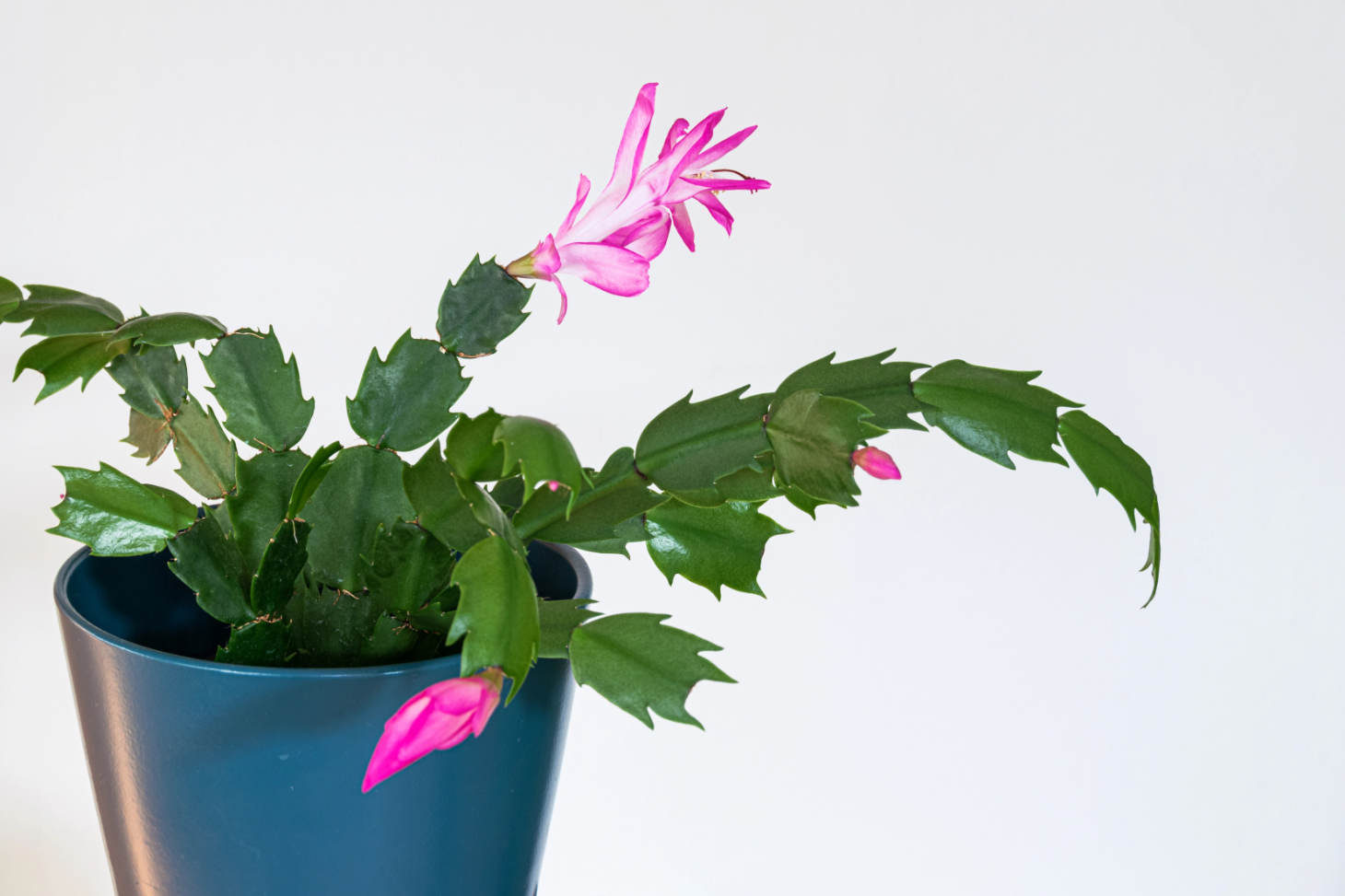
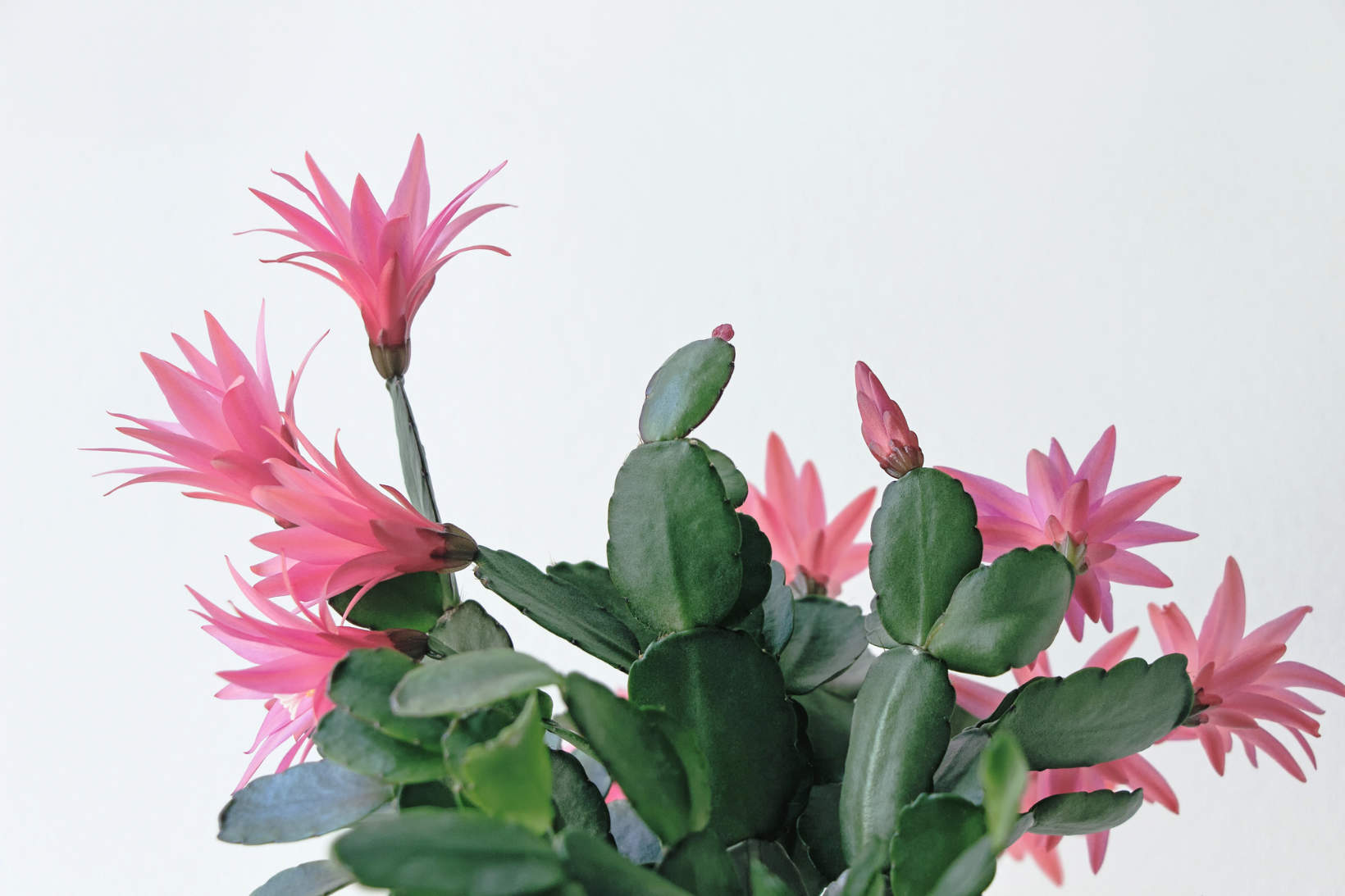
These cacti belong to the Schlumbergera genus and are native to Brazil’s rainforests. Unlike desert cacti, they prefer indirect light and slightly moist soil. Their segmented stems and colorful blooms make them popular holiday plants.
You can tell the difference by their bloom times:
- Thanksgiving cactus (Schlumbergera truncata) flowers in late fall.
- Christmas cactus (Schlumbergera × buckleyi) blooms around December.
- Easter cactus (Hatiora gaertneri) opens in spring.
Keep them in moderate light and water when the top inch of soil feels dry. Avoid direct sunlight, which can scorch the leaves. These plants benefit from cooler nights and short days to trigger flowering.
Moon Cactus and Gymnocalycium
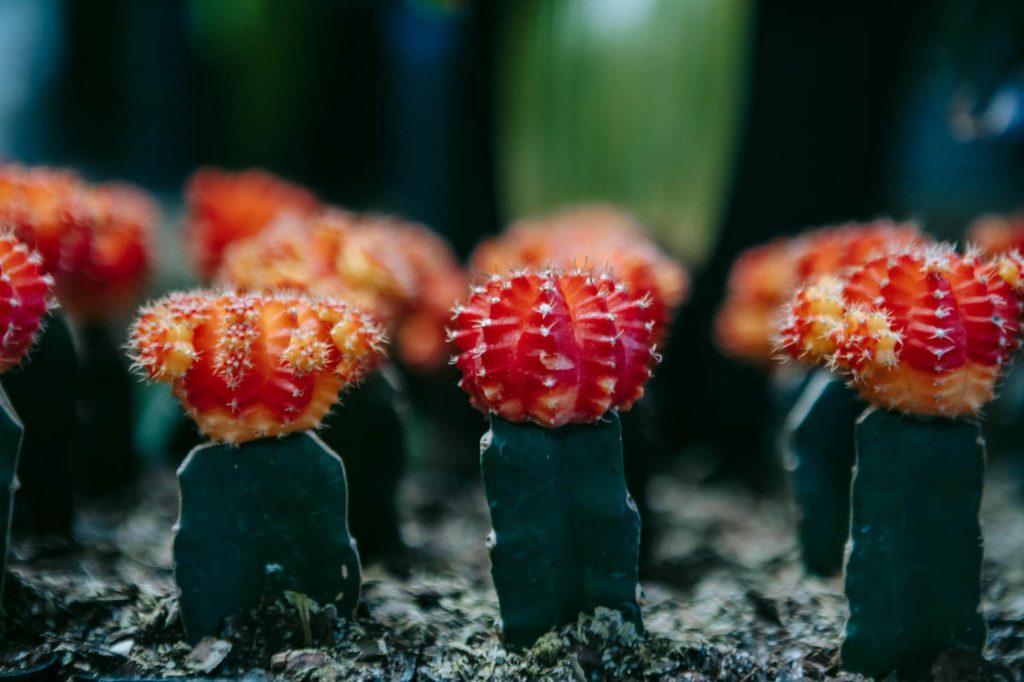
The moon cactus is a grafted plant that combines two species: a colorful Gymnocalycium mihanovichii on top and a green cactus base, often a Hylocereus. The bright red, yellow, or pink top lacks chlorophyll and depends on the base for nutrients.
Gymnocalycium species come from South America and are known for their round shapes and ribbed surfaces. The natural forms produce pale green to brownish-yellow funnel-shaped flowers.
You should place them in bright, indirect light and water sparingly. Too much sun or water can cause damage. While low-maintenance, the grafted Moon Cactus is relatively short-lived due to the incompatible growth rates of the two joined cacti.
Astrophytum (Star Cactus)

The Astrophytum genus includes several species known for their star-like shapes and white speckled surfaces. The star cactus (Astrophytum asterias) is small, flat, and round, with eight ribs and yellow flowers that appear in warm months.
These cacti prefer bright light and dry conditions. Use a gritty cactus mix to prevent root rot. They grow slowly and stay compact, making them ideal for small pots or indoor displays.
You can identify Astrophytum by its smooth, spineless body and patterned dots that look like tiny stars. Water only when the soil is completely dry, especially in winter when growth slows.
Parodia (Ball Cactus)
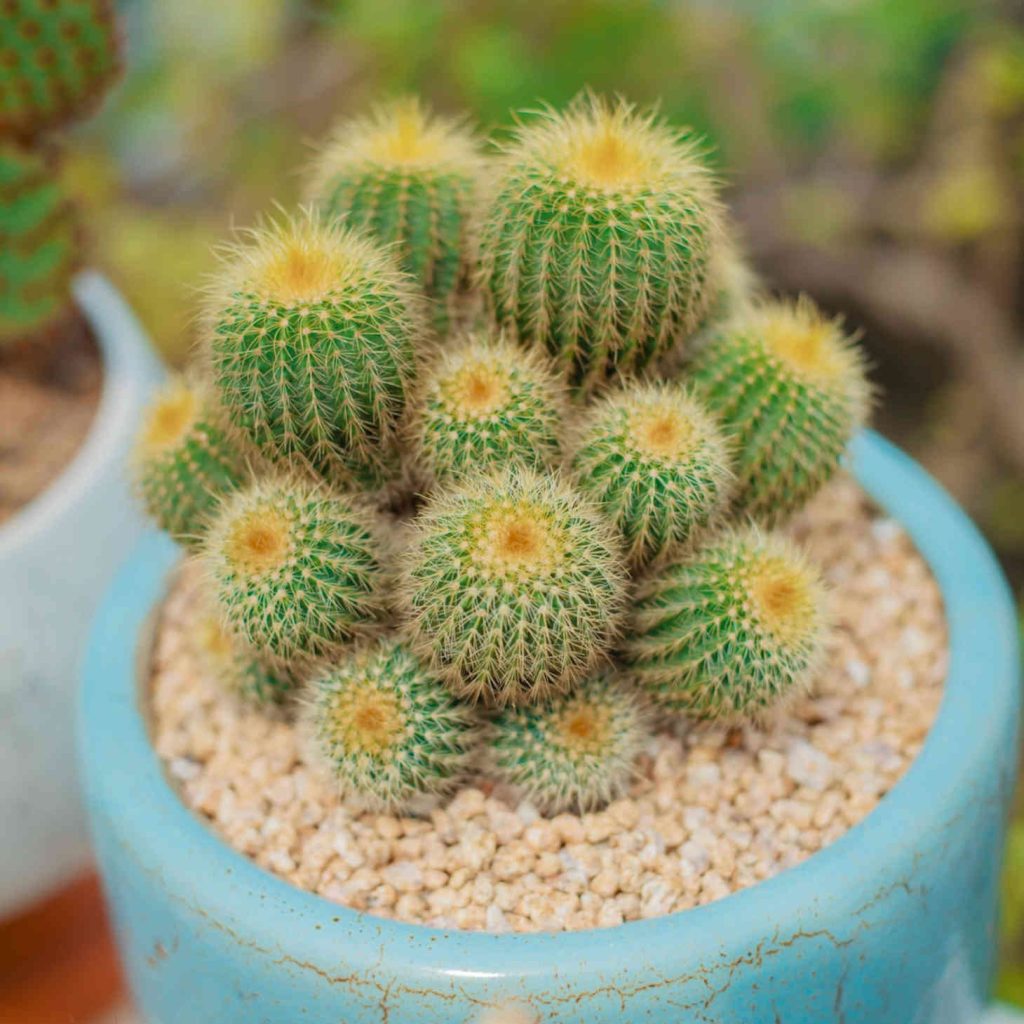
Parodia species, sometimes called ball cacti, come from South America and form round, ribbed shapes with soft spines. The Parodia magnifica has soft, golden spines and produce pale yellow flowers.
These cacti thrive in bright but not harsh sunlight. They prefer warm temperatures and dry air. You should water deeply but infrequently, allowing the soil to dry out between waterings.
Their symmetrical form and colorful blooms make them attractive ornamental plants. They fit well in small containers and can live for many years with minimal care.
Unique and Lesser-Known Beginner Cacti
Some cacti are easy to grow but not as common as the popular prickly pear or bunny ears. These plants stand out for their unusual shapes, soft textures, and surprising blooms that make them rewarding additions to any beginner’s collection.
Cereus: Hedge Cactus and Peruvian Apple

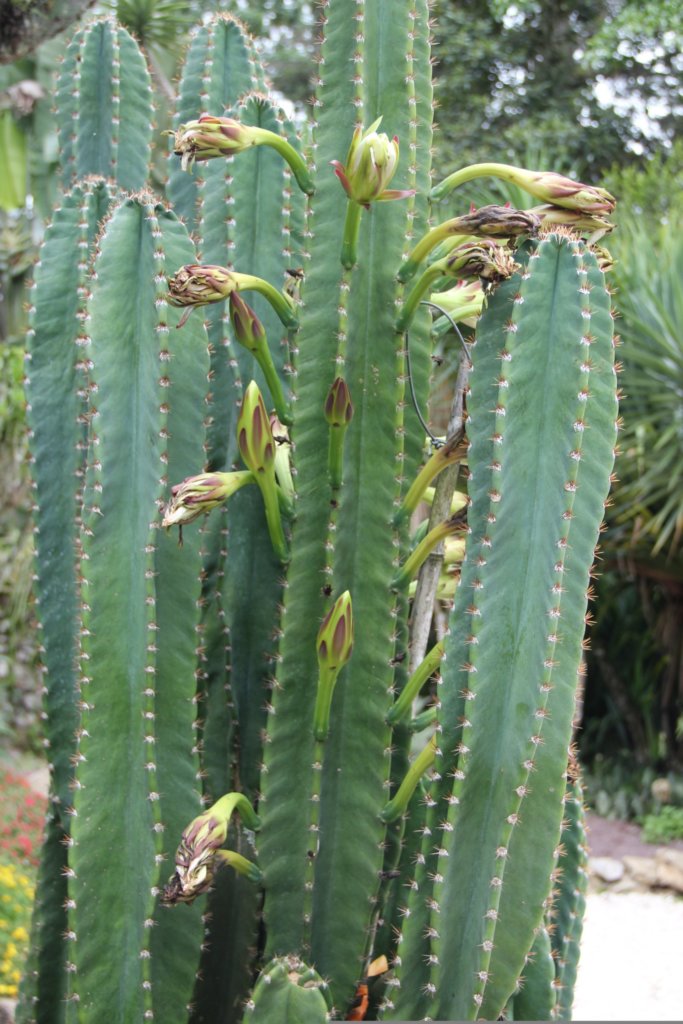
The Cereus group includes tall, column-shaped cacti such as the hedge cactus (Cereus hildmannianus) and the Peruvian apple (Cereus repandus). These species grow upright with ribbed stems and can reach several feet tall when given enough space and sunlight.
You can grow them indoors near a bright window or outdoors in warm climates. They prefer well-draining soil and infrequent watering, especially in cooler months.
The Peruvian apple cactus produces large white flowers that bloom at night and close by morning. With time, it may also grow edible fruit. If you want a cactus that looks bold but remains easy to manage, this type fits well.
| Key Needs | Details |
|---|---|
| Light | Full sun or bright indoor light |
| Water | Every 2–3 weeks in summer; less in winter |
| Soil | Sandy, fast-draining mix |
Rebutia (Orange Snow Ball)

The Rebutia genus includes small, globular cacti that form clusters as they mature. The Rebutia muscula, often called the orange snow ball, is a good beginner option because it stays compact and blooms easily.
It produces bright orange flowers that can cover the entire plant in spring. You can grow it in small pots, making it ideal for windowsills or desks.
Rebutias prefer bright light to full sun and cooler winter temperatures to encourage blooming. Water when the soil dries out completely. These plants tolerate brief neglect but dislike soggy soil. Their tidy size and vivid color make them a simple yet striking choice for new growers.

